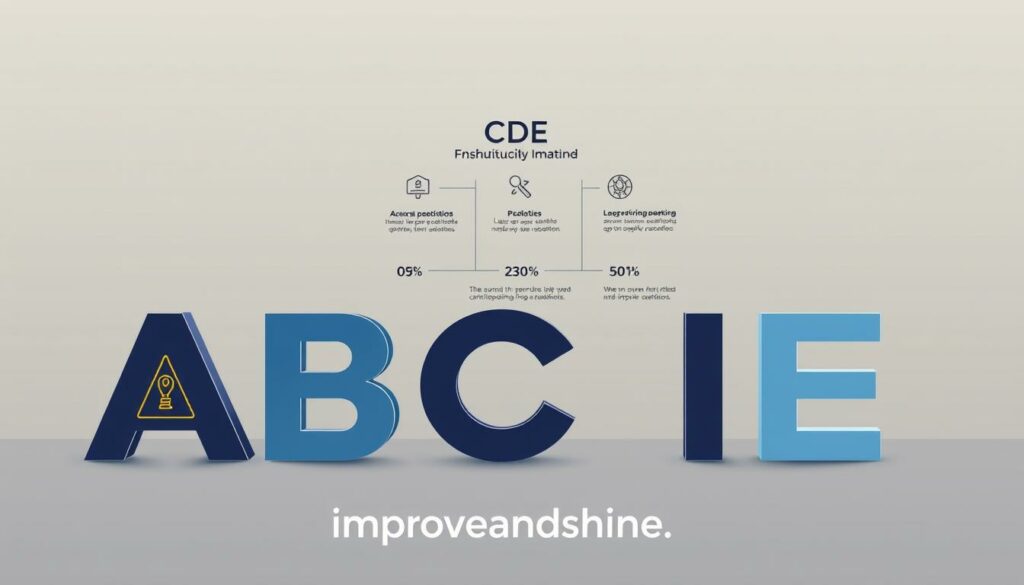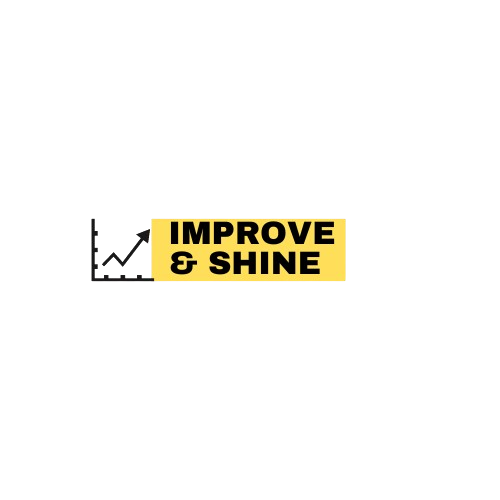Ever found yourself looking at a never-ending list of tasks, feeling overwhelmed? We need Time Management Systems. You’re not alone. In today’s fast world, knowing how to manage time is key to a happy life. It’s not just a want; it’s a must for anyone wanting balance in their life.
Effective time management systems can help you take back control of your day. They can lower stress and help you reach your goals. From tools for prioritizing to software for tracking tasks, learning about time management systems can turn chaos into order. Let’s dive into these powerful strategies together.

Key Takeaways
- Mastering time helps enhance your productivity and well-being.
- Diverse systems cater to varying preferences and lifestyles.
- Organizational tools can reduce overwhelm and streamline tasks.
- Efficient scheduling software assists in maintaining focus.
- Adapting methods to your workflow maximizes effectiveness.
- Task management systems lead to personal and professional growth.
Table of Contents
Introduction to Time Management Systems
Time management systems are key to boosting productivity in all areas of life. They help people and businesses use their time wisely. This way, they focus on the most important tasks.
Importance of Time Management
Good time management changes how we meet deadlines and balance work and life. The importance of scheduling shows in less stress and clearer daily tasks. It lets us focus on what really counts, helping us reach our goals better.
Benefits of Effective Systems
The benefits of time management go beyond just being organized. Good systems lead to:
- More productivity by streamlining tasks.
- Time used more efficiently, cutting down on delays.
- Less procrastination, leading to a more active approach.
Using time optimization resources helps us grow and adapt in new situations.
| Benefit | Description |
|---|---|
| Enhanced Productivity | Focuses efforts on critical tasks, increasing output. |
| Reduced Stress | Clear priorities lead to a calmer work environment. |
| Greater Clarity | Improved understanding of goals and deadlines. |
| Heightened Discipline | Encourages consistent work habits and accountability. |
The Eisenhower Matrix
The Eisenhower Matrix is a great tool for sorting tasks. It helps you figure out what needs your attention most. It breaks tasks into four groups based on urgency and importance.
What It Is
The Eisenhower Matrix divides tasks into four quadrants:
- Urgent and Important: Tasks that need your immediate focus.
- Important but Not Urgent: Tasks that help you reach your goals over time.
- Urgent but Not Important: Tasks that might take you away from more important work.
- Neither Urgent nor Important: Tasks you can skip or give to someone else.
How to Use It
To use the Eisenhower Matrix, follow these steps:
- Write down all the tasks you need to do.
- Put each task in one of the four quadrants based on its urgency and importance.
- Start with tasks in the “Urgent and Important” quadrant.
- Set aside time for tasks in the “Important but Not Urgent” quadrant to prevent future urgency.
- Give tasks in the “Urgent but Not Important” and “Neither Urgent nor Important” quadrants to others or skip them.
Pros and Cons
This strategy has its benefits and drawbacks:
| Pros | Cons |
|---|---|
| Clears up what tasks are most important | It can be hard to decide where some tasks belong |
| Helps you focus on what’s really important | You might need to adjust it often as priorities change |
| Makes you more productive and efficient with your time | It might overlook tasks that seem less urgent |
Pomodoro Technique
The Pomodoro Technique is a well-known time management method. It breaks work into short intervals to improve focus and productivity. Tasks are divided into 25-minute work sessions, followed by short breaks. This keeps energy levels up and concentration sharp.
It’s not just a method; it’s a structured way to handle tasks efficiently.
Understanding the Basics
The Pomodoro Technique works by using short work bursts, called Pomodoros, with brief pauses in between. It’s based on the idea that our brains can only focus for a short time. By respecting these limits, users can better manage their time and work.
To learn more about time management techniques, check out this detailed article.
Steps to Implementing It
Starting with the Pomodoro Technique is easy. Here’s how to do it:
- Choose a task you want to work on.
- Set a timer for 25 minutes.
- Work without any interruptions until the timer goes off.
- Take a 5-minute break.
- Repeat this cycle four times, then take a 15-30 minute break.
This pattern keeps productivity high and fatigue low.
Benefits of this System
The Pomodoro Technique offers many benefits. Its structured approach helps manage tasks better and keeps focus strong. Key advantages include:
- Increased focus: Short intervals reduce distractions.
- Reduced fatigue: Regular breaks refresh the mind.
- Enhanced productivity: Clear time frames boost efficiency.
- Prevention of burnout: Balancing work and rest promotes long-term success.
This technique is supported by many productivity tools and apps. By using the Pomodoro Technique, you can improve your time management and increase productivity.
Getting Things Done (GTD)
The Getting Things Done (GTD) method, by David Allen, boosts personal productivity. It helps organize tasks and responsibilities. This way, you can manage everything without feeling overwhelmed.
Learning the basics of GTD can make your life more efficient. It works for both personal and work tasks.
Overview of GTD
The GTD method is simple: capture everything that needs your attention and organize it well. It breaks tasks into steps you can take. This helps you focus on what’s important.
Following GTD’s principles makes life clearer and less stressful. It lets you handle daily tasks easily.
Key Components
- Capturing: Write down all tasks, ideas, and projects in a trusted system.
- Clarifying: Determine the next action required for each item captured.
- Organizing: Categorize tasks according to their contexts, such as work, home, or calls.
- Reviewing: Regularly check your lists and update them as necessary.
- Engaging: Focus on executing tasks based on priority and context.
Ideal Use Cases
GTD is great for those with many tasks or complex projects. It’s perfect for busy professionals. It keeps you organized and focused.
Using GTD means you won’t miss any important tasks. It makes your work flow better and boosts your productivity.
| Component | Description |
|---|---|
| Capturing | Writing down all tasks and commitments. |
| Clarifying | Defining actionable next steps for each task. |
| Organizing | Sorting tasks in a structured manner by context. |
| Reviewing | Consistent updating of task lists and priorities. |
| Engaging | Focusing on tasks relevant to the current context. |
Time Blocking
Time blocking is a key way to manage your time better. It involves setting specific times for different tasks on your calendar. This method helps you stay focused and avoid distractions.
Each time slot is for a specific task. This makes your work more organized and structured.
Explanation of Time Blocking
This method schedules tasks into specific time slots during the day. Instead of a vague to-do list, you know exactly when to work on each task. It helps keep your schedule organized and lets you focus on deep work without interruptions.
Setting Up Your Schedule
To start a time-blocked schedule, first look at your task list. Guess how long each task will take and schedule it on your calendar. Using scheduling software can make this easier, letting you see and adjust your schedule easily.
Don’t forget to include breaks between tasks. These breaks help you recharge and stay productive.
Advantages of Time Blocking
Time blocking has many benefits. It helps you see how you spend your time, making you more productive. It also stops multitasking, which improves your focus on one task.
By blocking time, you can also reduce interruptions. This makes your work environment more efficient.
The ABCDE Method
The ABCDE Method is a simple way to sort tasks by importance. It helps you focus on what’s most important. This way, you can work more efficiently and get more done.
What Is the ABCDE Method?
The ABCDE Method sorts tasks into five groups: A, B, C, D, and E. ‘A’ tasks are the most important. ‘E’ tasks are ones you can skip. It makes managing your time easier.
Steps to Apply It
- Begin by making a list of all your tasks for the day or week.
- Put each task into a category:
- A: Must do – very important
- B: Should do – medium importance
- C: Nice to do – low importance
- D: Delegate – tasks to give to others
- E: Eliminate – tasks not necessary
- First, tackle the ‘A’ tasks. Then, move on to ‘B’ and ‘C’ tasks.
- Check your list often to change categories if needed.
How It Improves Focus
The ABCDE Method makes it easier to focus. It helps you focus on the most urgent tasks. This leads to better productivity and a more efficient work space.

Kanban System
The Kanban System is a key tool for managing work visually. It makes workflows simpler and tracks project progress well. Teams use a Kanban board to see tasks and their status, improving processes and productivity.
A Brief Introduction
The Kanban System comes from lean manufacturing. It uses a board with columns like “To Do,” “In Progress,” and “Done.” This helps teams track tasks in real-time, prioritize better, and find workflow bottlenecks.
Implementing a Kanban Board
To start with Kanban, set up a board, physical or digital. List tasks in columns based on their status. Regular updates keep everyone informed about progress. Here’s how to set up a Kanban board:
- Identify all tasks that need to be completed.
- Organize these tasks into specific columns on the board.
- Establish limits on work in progress for each column.
- Conduct regular team meetings to discuss progress and challenges.
Benefits of Visual Management
Using the Kanban System offers many benefits, mainly through visual management. Some key advantages are:
- Enhanced visibility of project status, making it easy for team members to track progress.
- Increased efficiency by spotting bottlenecks and adjusting resources as needed.
- Improved communication among team members, encouraging teamwork and openness.
By adopting the Kanban System, teams can change how they track tasks, leading to better results and productivity.
| Feature | Kanban System | Other Time Management Systems |
|---|---|---|
| Visual Process | Highly visual with Kanban boards | May use lists or matrices |
| Flexibility | Highly adaptable to changing tasks | Can be rigid in structure |
| Workload Balance | Limits work in progress | Focuses on task completion |
| Collaboration | Promotes team communication | Varies by system |
1-3-5 Rule
The 1-3-5 Rule helps you manage your daily tasks better. It teaches you to focus on what’s most important. This way, you can do a variety of tasks and still feel like you’ve accomplished something.
Breakdown of the Rule
The 1-3-5 Rule is easy to follow. It tells you to:
- 1 major task that needs your full attention
- 3 medium tasks that require effort but are more manageable
- 5 minor tasks that can be completed easily
This mix helps you balance your work. It keeps you focused on achieving your goals.
How to Prioritize Your Tasks
To prioritize tasks, think about their urgency and importance. Ask yourself:
- Which task has the closest deadline?
- Which tasks align with your long-term goals?
- What tasks can help relieve stress or pressure?
By answering these questions, you can sort your tasks. This makes it easier to reach your daily goals.
Why It Works
The 1-3-5 Rule is simple and effective. Its clear structure makes it easy to follow every day. This leads to better productivity habits and a sense of accomplishment.
As you finish your tasks, you’ll feel more motivated. This motivation helps you succeed even more in the future.
Conclusion: Finding the Right System for You
Every person is different, and what works for one might not work for another. It’s important to try out different time management systems. This way, you can find what fits your style and helps you reach your goals.
Experimenting with Different Systems
Testing various time management techniques is a great idea. What works for one person might not work for another. By trying different systems, you can find new ways that fit into your daily life.
Tailoring to Your Personal Needs
After finding appealing systems, it’s time to make them fit your needs. Think about your work, distractions, and energy levels. Making these adjustments helps you create a routine that works well for you.
Final Thoughts on Time Management
Time management is about finding balance and enjoying your day. Being flexible and choosing systems that meet your needs is key. This approach helps you be more productive and happy.
FAQ
What are Time Management Systems?
Time Management Systems are strategies and tools for managing time well. They include scheduling software and task management systems. These help improve how we organize tasks and prioritize them.
How can I choose the best time management system for me?
To pick the best system, think about what you need and how you work. Try different methods like the Eisenhower Matrix or Pomodoro Technique. See which one works best for you and your tasks.
What are the benefits of using productivity tools?
Productivity tools make you more efficient and focused. They help you avoid procrastination and organize tasks better. These tools also reduce stress by providing clear plans, helping you meet deadlines and goals.
Can I integrate a daily planner app with other tools?
Yes, many daily planner apps can connect with calendars, email, and other tools. This makes scheduling easier and keeps all your tasks and appointments in one place. It boosts your productivity.
How does the Pomodoro Technique enhance productivity?
The Pomodoro Technique breaks work into short, focused intervals. It keeps your mind sharp and focused. This technique helps you concentrate better, making it a great time management tool.
What is the purpose of a Kanban board in task management?
A Kanban board shows tasks as they move through stages. It gives a clear view of tasks, helping teams communicate and track tasks better. This makes task management smoother.
How does time blocking work effectively?
Time blocking sets specific times for tasks or activities. It helps you focus without distractions. This method makes your work sessions more productive and focused.
What are the challenges of implementing the Getting Things Done (GTD) method?
GTD can be hard to keep up with, capturing tasks and organizing them. But, with practice, it greatly boosts personal productivity.
Is the ABCDE Method suitable for all types of tasks?
Yes, the ABCDE Method works for many tasks. It helps prioritize tasks, focusing on the most important ones. It’s great for both personal and work tasks.
Why is task categorization important?
Task categorization helps prioritize tasks based on urgency and importance. It streamlines workflow, reducing overwhelm. This boosts productivity.
Check also the following posts:

